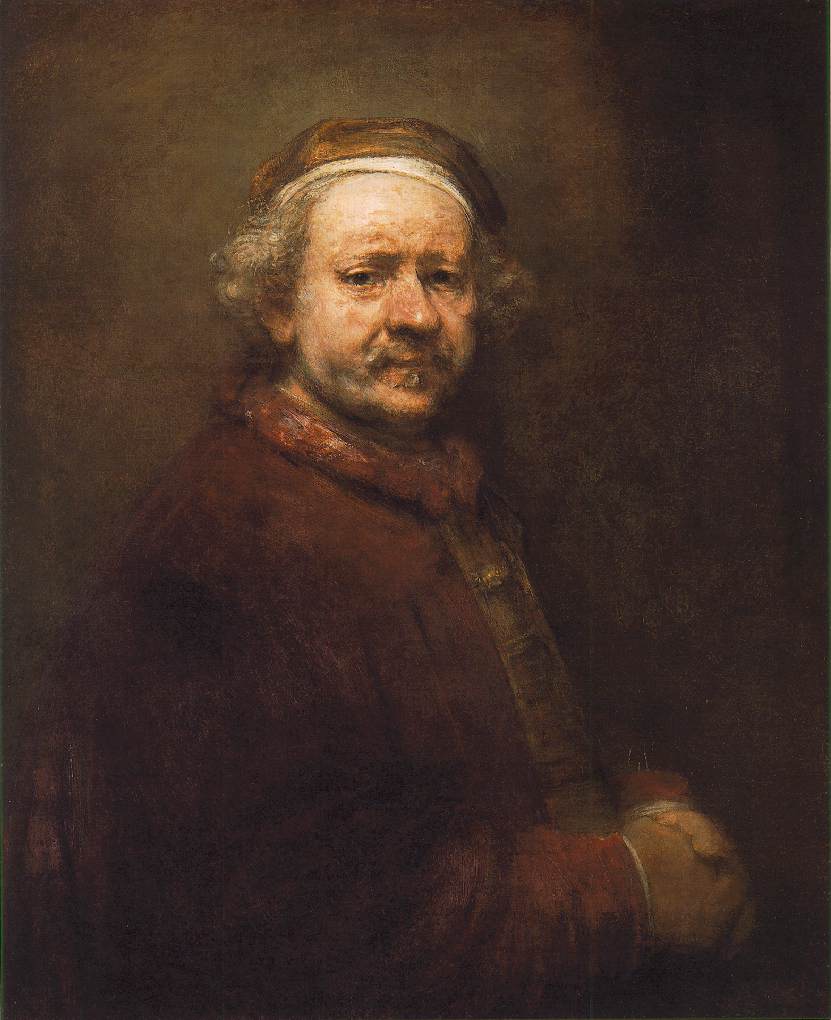
(1606 - 1669)
 |
Rembrandt van Rijn
(1606 - 1669) |
Almost all painters and a majority of connoisseurs of painting agree that Rembrandt is the world's greatest painter. It is a judgement that deserves careful consideration, for the greatest painter is not necessarily the greatest artist. We know from his drawings that his environment - the little corner of 17th Century Holland that he knew so well and with which he was so content that he never wished to leave it - provided him with everything he needed. Out of its citizens, their relationship to each other, its undramatic countryside and its modest buildings he constructed a world that has never been equalled in profundity of human understanding or in the mastery of paint. Only one thing limit him - his reverent acceptance of that world. Of him alone it can be said that though he was a poet, he was also a realist. He refused to make what he saw more physically perfect, like Praxiteles, or more graceful, like Raphael, or more noble, like Michelangelo, or more exuberant, like Rubens, or more cruel like Grunewald. He had no wish to remake the world nearer to his heart's desire as so many of the greatest artists have done, for to Rembrandt the world as it existed was the world of his heart's desire. If realism is Rembrandt's only limitation it is the secret of his power.
His self portraits are numbered in hundreds. Almost
all of them are of unremarkable in most respects, certainly not noticeable
for their physical beauty, and almost all of them amaze us the depth of
his human penetration, which increased as he grew older.
The Family Group is a typical specimen of his portraiture at
the end of his life. Reproduction can hardly do justice to the handling
of the paint, so free is it, yet so controlled. But some notion can be
conveyed of his insight into human character. It is a quality that every
serious adult can appreciate for himself, and Rembrandt is essentially
a painter for the serious adult. It is surely not necessary for the critic
to dwell on a quality that has so much to do with everyday experience and
so little to do with aesthetics.
In understanding the genius of Botticelli or Tintoretto
or Cezanne a critical commentary can be of considerable assistance. Rembrandt
needs no such assistance. Here is a family of five ordinary people: a father,
mother and three children, united by the ties of family affection. Animated,
each of them, in their own way; each quietly yet reacting to the others.
A moment in time has been caught and described and yet the description
is timeless. The year happens to be 1669, yet we hardly notice the local
characteristics fo the dresses they wear. They are samples of the universal
civilized average human being, valid as such in any century since civilization
began.
| Return to Artists' Eyes | Return to Oxford Eye Page |